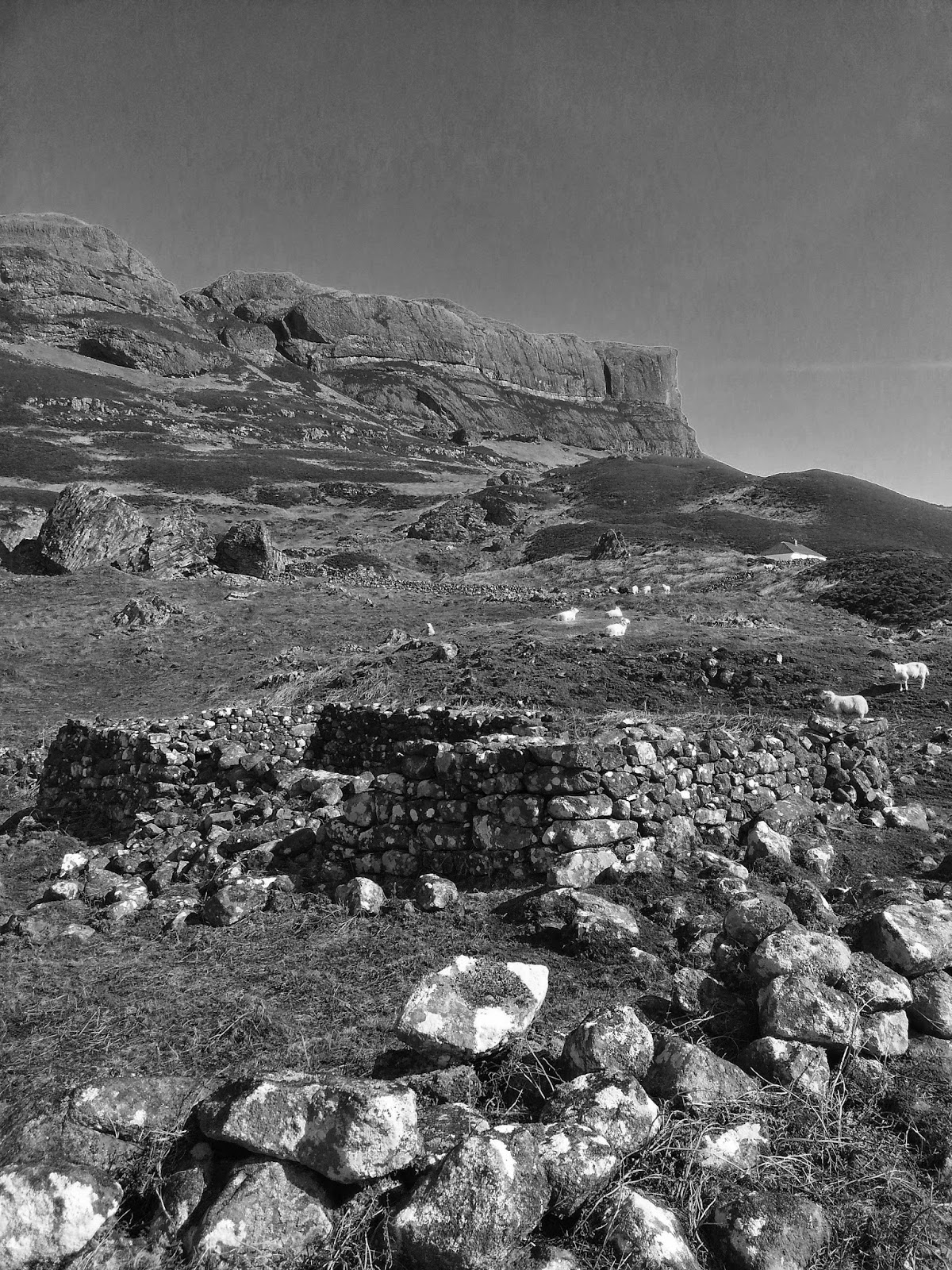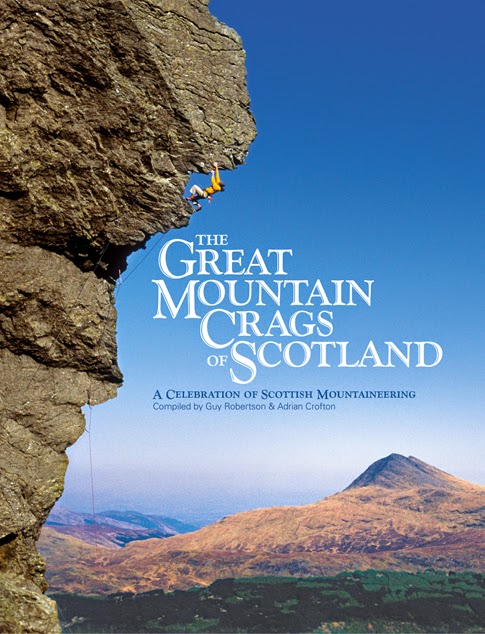Ben Donich 846 m (2,776 ft)
I'd always known there were big stones on Ben Donich - it's typical of Arrochar rock architecture with split schist crags and chasms and jumbles of scree giants in corries - but I'd never gone up for a proper scout. So, with the forecast promising sun in between hail and snow, I squelched up the speedy north east ridge to the summit in under an hour, then backed down the craggy east flank towards the Brack, stalking the boulder clusters, giving sheep the odd adrenaline-shock. Arrochar schist is not impressive in the wet of midwinter, its lichen coat soaking up slime and soaked heather-bunnets dripping down cracklines. Nevertheless, finding such a bloc as this bodes well for summer projects and those who like solitude and king lines topping out at 8m over, for a change, reasonable landings...


